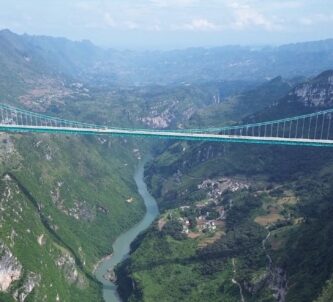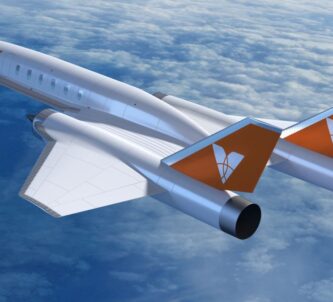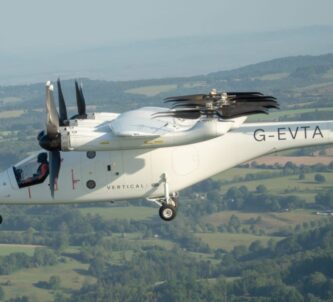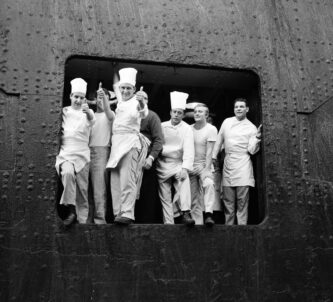P&O Ferries has signed a €260 million contract with Guangzhou Shipyard International for two new 230-metre super-ferries – the largest ever to sail between Dover and Calais.
The new ferries will incorporate a number of technologies and features that will boost efficiency and reduce their environmental impact…
- Battery storage & propulsion. The ships are driven by electric azimuth thrusters which enable the engines to run independently at optimum level. Any surplus energy generated by the engines is stored in the batteries and used when the ship requires peaks of power. The result is a 40% fuel saving.
- Heat recovery. A heat recovery system saves fuel and reduces the vessel’s carbon footprint by using steam to provide heating for the Ultra Low Sulphur Fuel Oil (ULSFO) heaters, fuel tanks, oil purifier heaters and the Heating, Ventilation, and Air-Conditioning (HVAC) systems.
- Future ready. The ships are designed with the capacity to be carbon neutral in the future on the twin assumptions that there are more electric shore charging stations in ports and better battery efficiency.
- Modular power management system. The power management system is designed to be able to shut down parts of the ship when not in use. During peak summer season the ship will carry 1,500 people. However, during off-peak sailings, up to two thirds of the ship can be closed and the power management system will use software to turn off the lighting and ventilation in empty areas as well as optimizing the utilization of engines, batteries and energy recovered from waste heat.
And (I love this one!)…
- Two bridges. A double-ended design and two bridges on the ships, mean there is no need for them to turn around. The captain and senior officers will simply walk to the other end of the ship and navigate from the second bridge on the return leg. This will save seven minutes of time on both the outbound and return journeys and one ton of fuel, a sixth of the amount used on the entire 21-mile crossing.
Passengers will enjoy the double height windows running around the entirety of the middle of the ship on decks 8 & 9, and the 1,550 square metres of outside deck space (three quarters of the size of Trafalgar Square).
With one eye on a post (or not) Brexit world, Robert Woods, Chairman of P&O Ferries, said: “This major investment in a new generation of super-ferries is a powerful testament to the commitment of DP World, our owner, to enable trade flows between Britain and Europe by providing first class shipping capacity for many years to come.”
The two ferries will be operational on the Dover – Calais route by 2023. P&O Ferries have options to build two further vessels by 2024.







